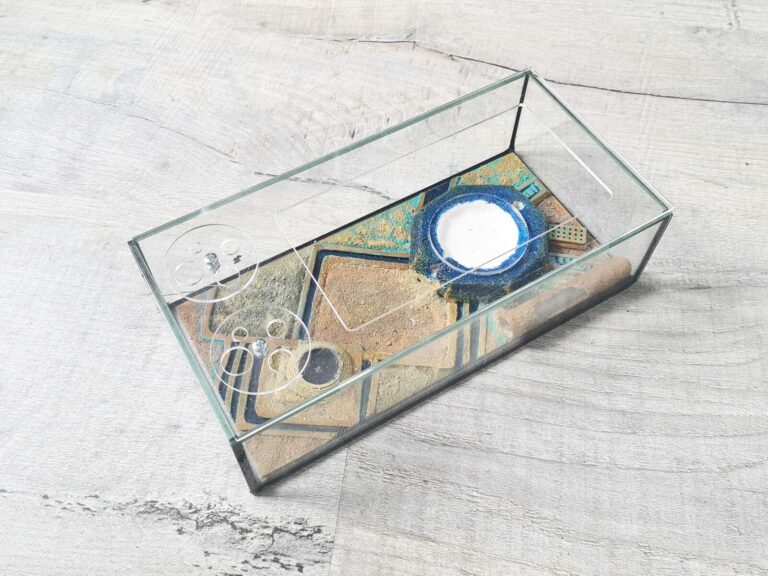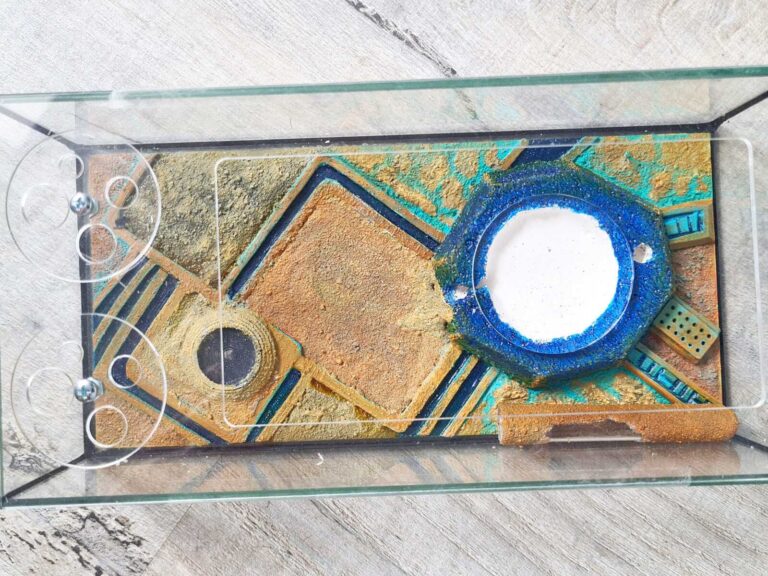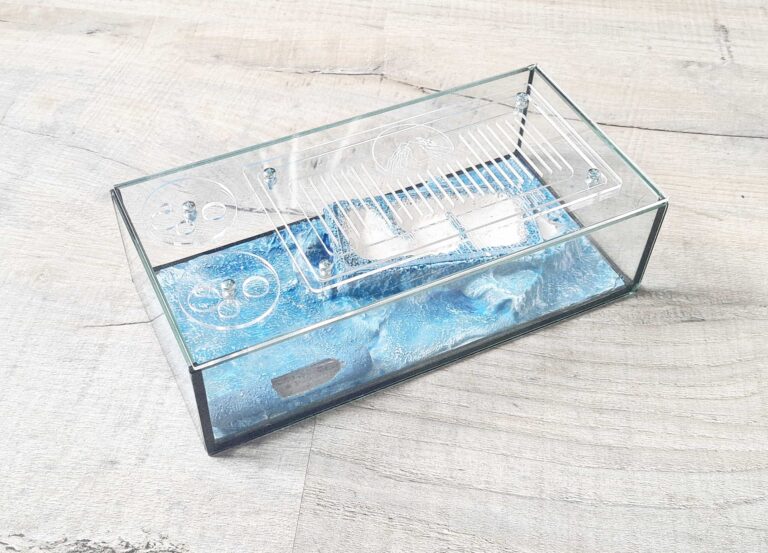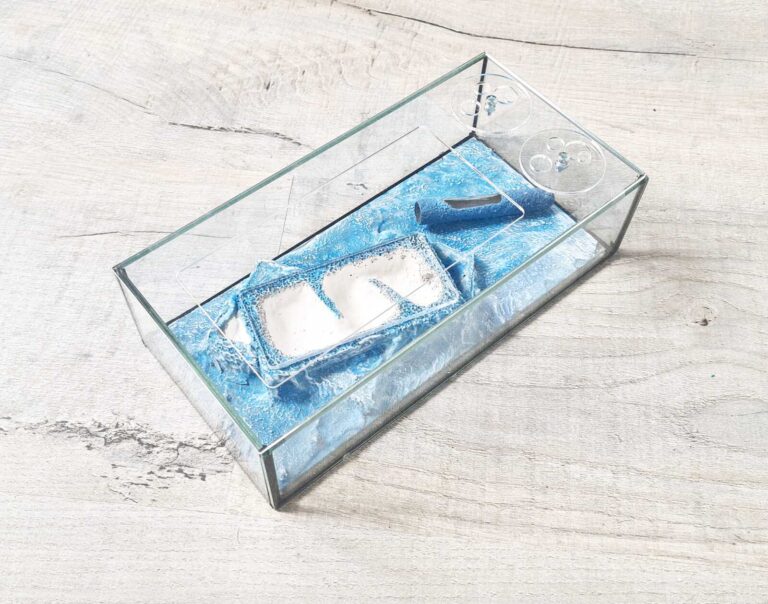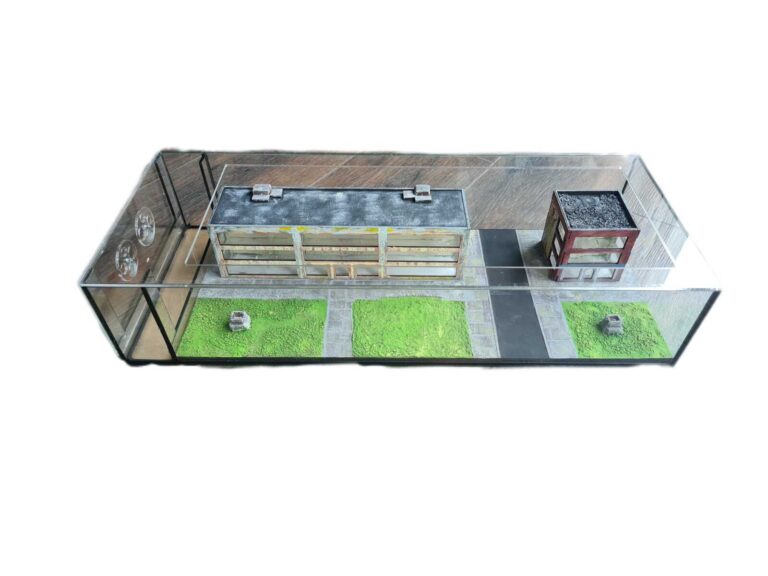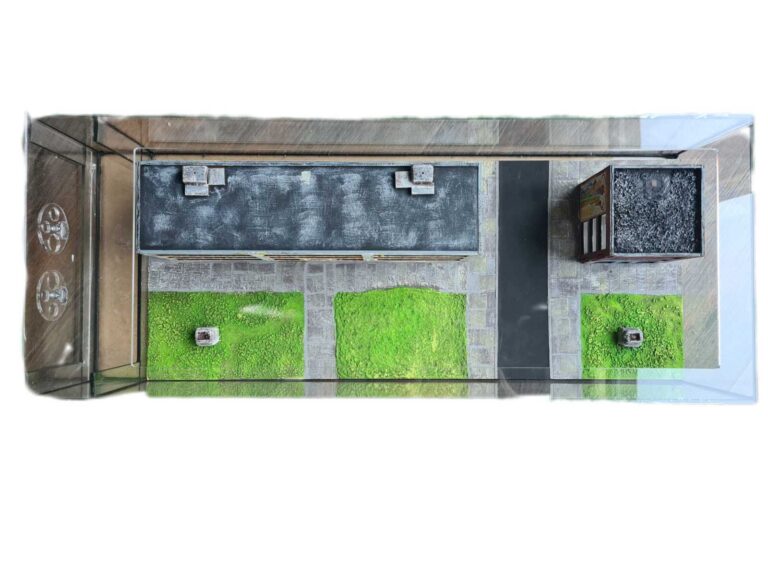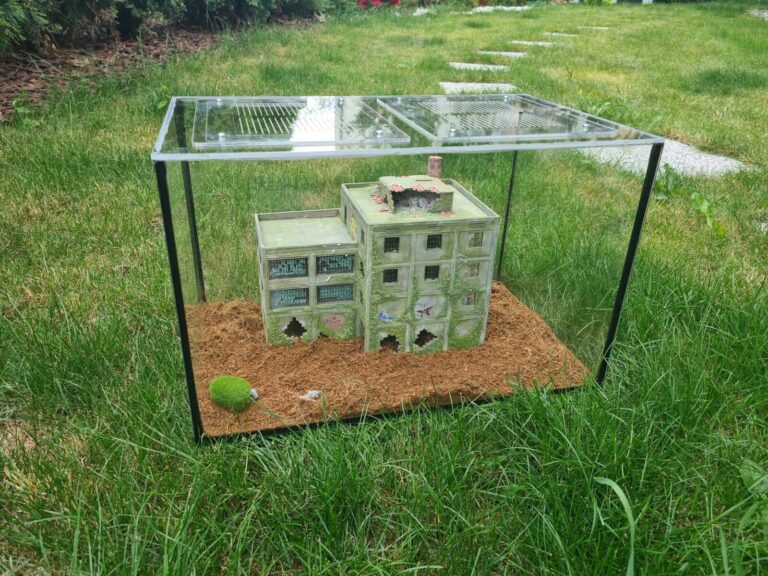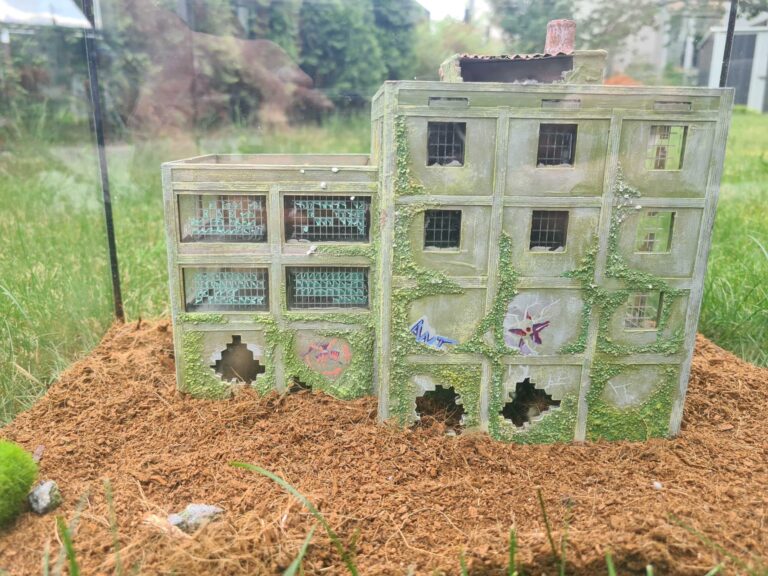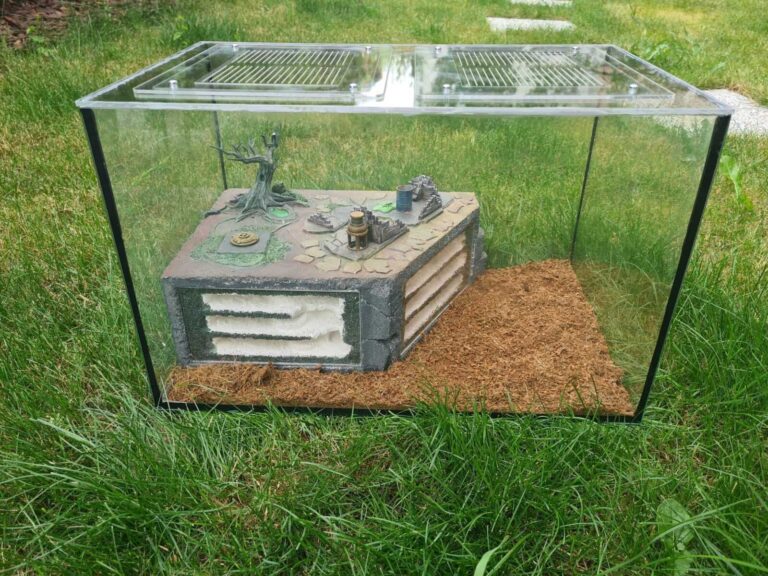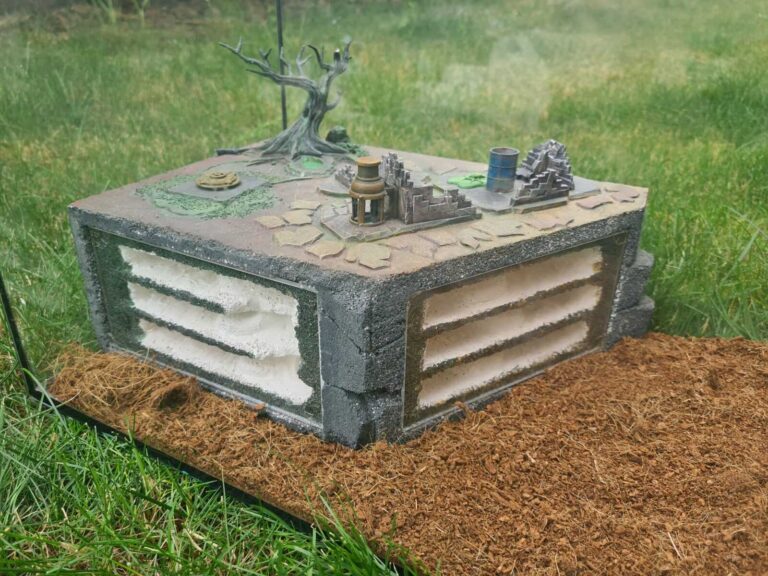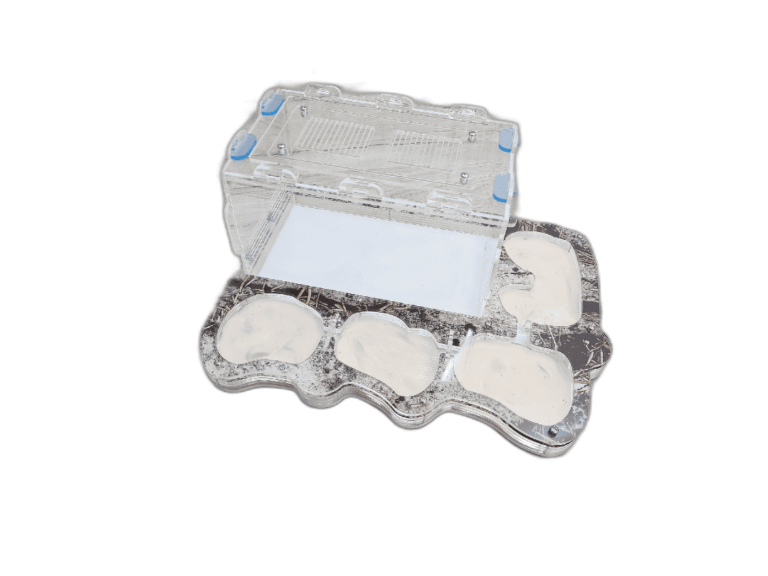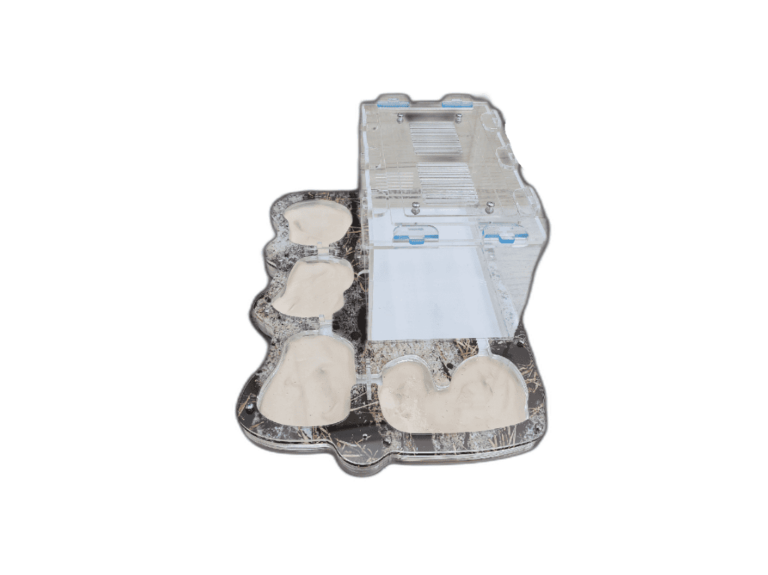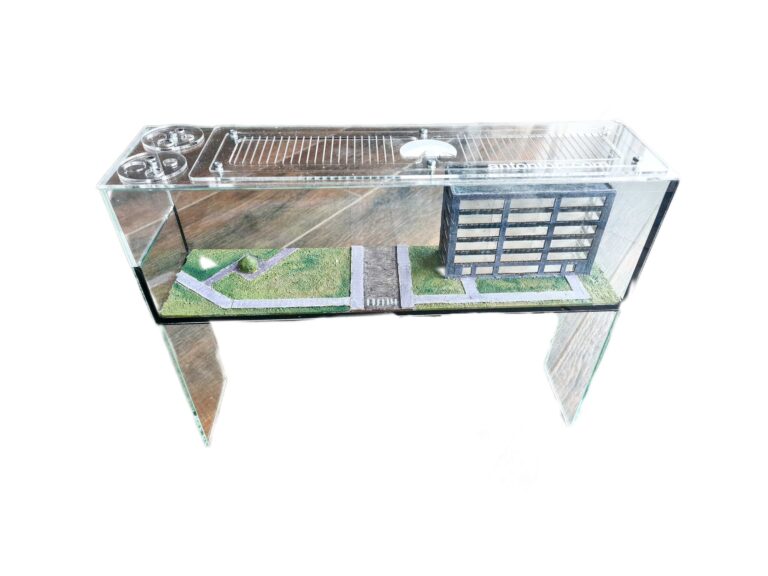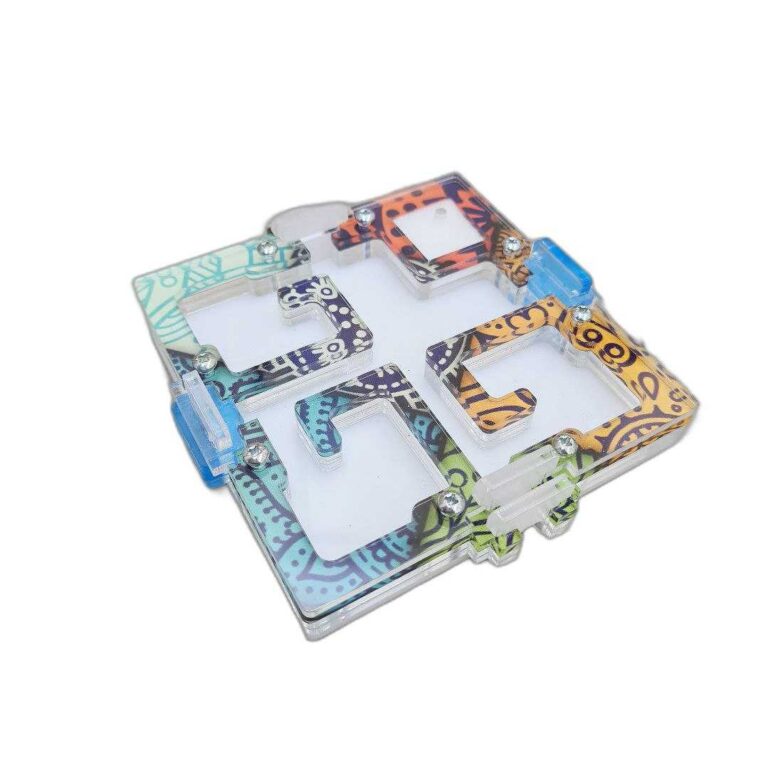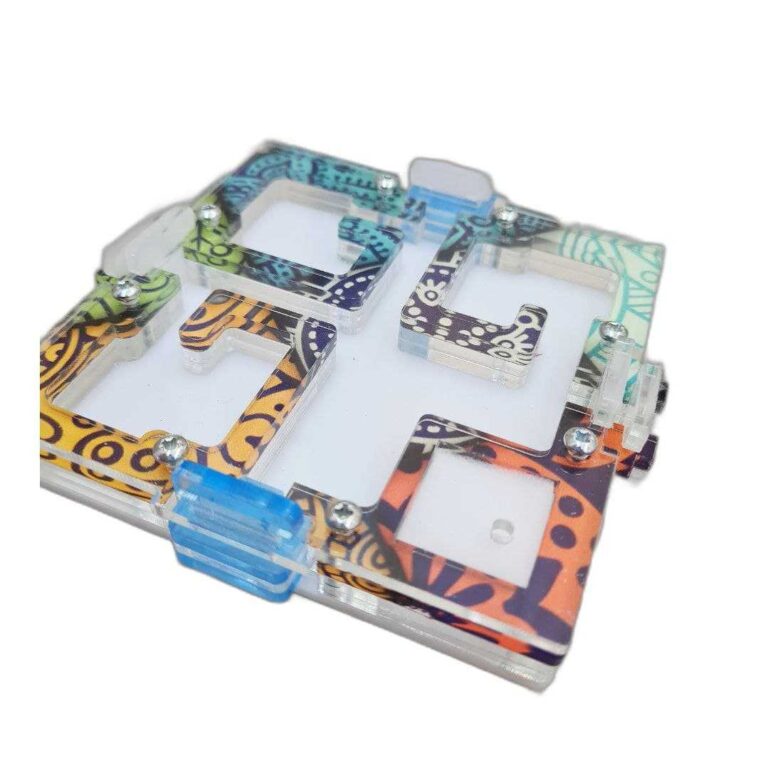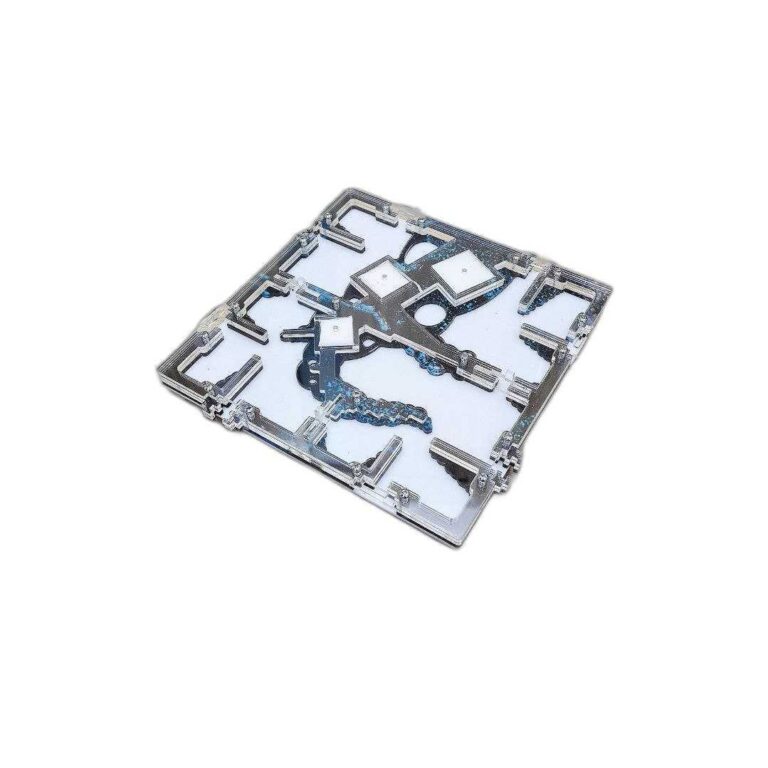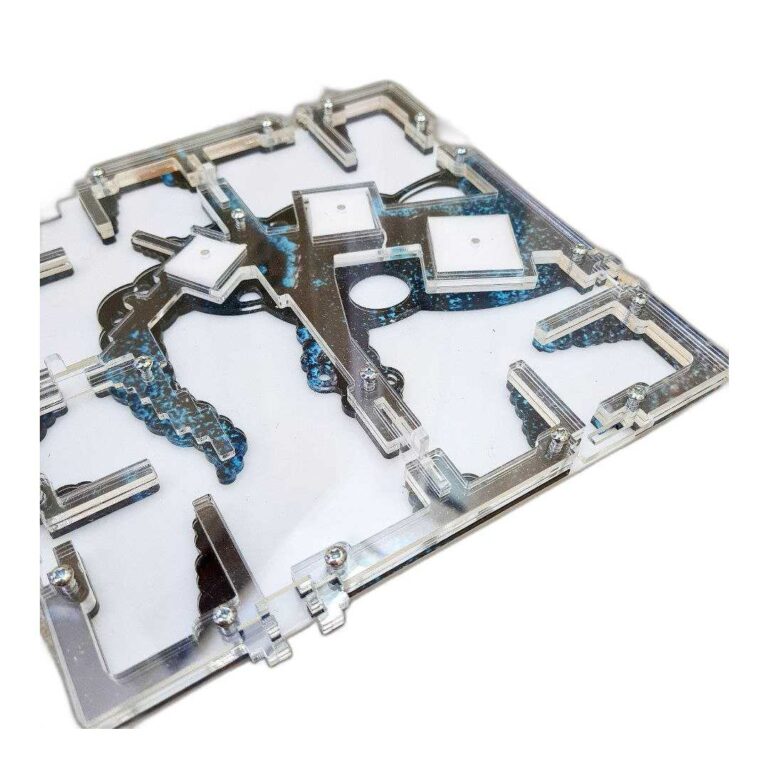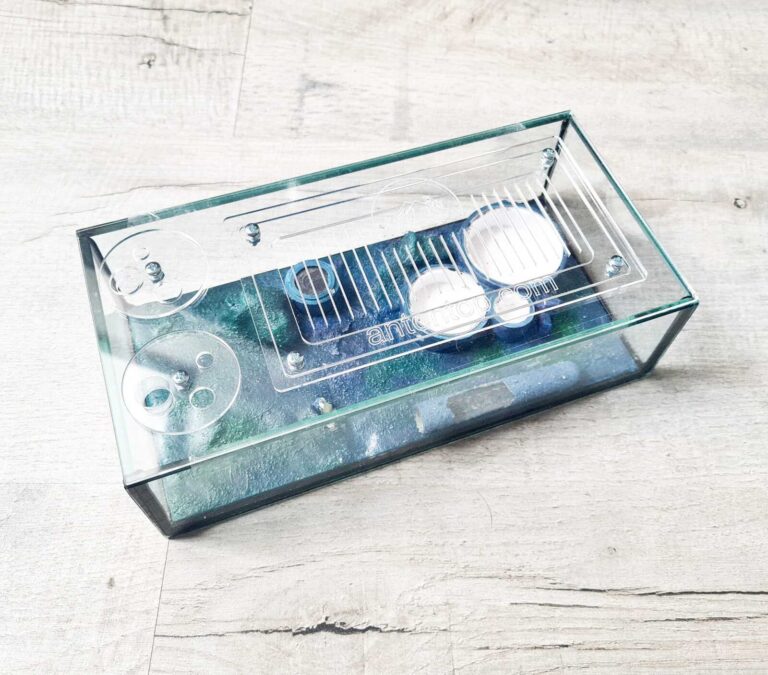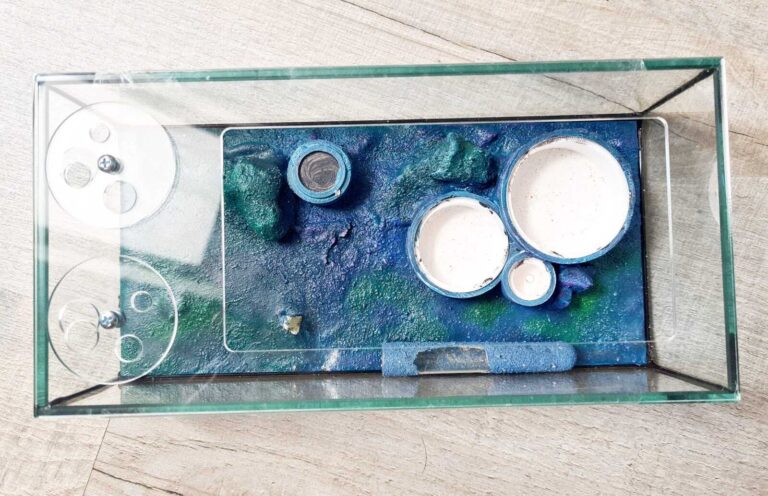Showing all 11 results
Formicaria – Ant Farms for All Experience Levels
Product categories
Stock status
Filter by price
Amora Formicarium
The Amora Formicarium is a compact and versatile ant habitat, measuring 21*11*6cm. It features a nest, a test tube, and two holes for tubes of various sizes. The lid can be attached with adhesive for climbing ant species or left unglued.
Folsom formicarium
The Folsom formicarium is a 21*11*6 cm aquarium-formicarium with a unique nest design. It comes with a nest, test tube, two holes for tubes of different diameters, and a lid. The lid can be glued with adhesive tape or glue, or left unglued if the ant species cannot climb glass.
Formicarium City Ant WOR
The City Ant WOR Formicarium is a large aquarium-style ant nest measuring 60*24*12.5 cm. It is specially designed for ants with a recommended population of 100+ workers. The formicarium includes two tube connection holes for different sizes and also features a water pouring area that can serve as a drinking bowl.
Formicarium Factory
The Formicarium Factory is a 40*25*25 cm aquarium-formicarium designed specifically for Ponerinae ants. It features a unique nest with plaster wetting, providing an ideal environment for the ants.
Formicarium Herengan
Herengan is a Ponerinae ant formicarium with a unique nest design and wetting plaster. The aquarium-formicarium is 40*25*25 cm in dimensions, providing a perfect habitat for Ponerinae ants.
Formicarium Jelenia Góra
The Formicarium “Jelenia Góra” is a compact and functional aquarium-formicarium that includes a unique nest, two holes for tubes of different sizes, and a cover. It is made of plastic and features a spatial arena with gypsum dampening. With dimensions of 36*9*11cm and leg height of 4cm, it is an ideal addition to any desk.
Formicarium Ponero
The Ponero formicarium is a suitable habitat for large ants requiring high humidity. With dimensions of 31 x 23 x 13 cm and a chamber height of 15 mm, it can accommodate colonies from a single queen for ants such as H.venator and Myrmecia.
Formicarium Radom
The Radom Formicarium is a compact and practical ant habitat that features a unique nest, two tube holes of different sizes, and a cover. It has a spatial arena, a plastic house with gypsum dampening, and is designed to perfectly fit on a desk.
Modular Nest Hindi 10*10 cm.
The Nest Hindi is a compact and modular ant nest measuring 10×10 cm. It has 4 lockable inputs and a capacity of approximately 150-350 ants. The modules are interchangeable and can be combined in various ways. Each slot is labeled with a unique colored sticker, and customers can request a specific color when placing their order.
Modular Nest Muta 20*20 cm.
The Nest Muta is a modular socket measuring 20×20 cm with 9 mm high chambers. It has 8 lockable inputs and a capacity of 800-1300 ants. The socket’s modules are all tight and can be combined in any configuration. Each slot has a unique colored sticker, and customers can request a specific color when placing an order.
Typhon formicarium
The Typhon Formicarium is a transparent and multi-chambered ant habitat that replicates their natural environment. It allows for close observation of ant activities and can be filled with various substances to create a diverse environment. The product also includes water for the well-being of the ant colony.
What Is a Formicarium
A formicarium is a dedicated ant farm - a safe, controlled home that recreates ants' natural environment. It helps you observe behavior, growth, and daily life without stress for the colony.
We offer acrylic formicaria (lightweight and easy to clean), gypsum formicaria (great for species that need higher humidity), and wooden formicaria (natural look with modular options). Choose the one that fits your species and care routine.
How To Choose Your First Formicarium
- Species needs: some ants prefer higher humidity (gypsum), others thrive in drier setups (acrylic).
- Colony size: too much empty space slows development - pick a compact nest first.
- Maintenance level: acrylic is easy to clean; gypsum stabilizes humidity; wood offers a natural look.
Tip: if you are unsure, choose a small acrylic model plus a separate arena. It is a flexible and beginner-friendly combo.
Formicarium Care Tips
- Keep the nest clean - remove leftover food regularly to prevent mites and mold.
- Control humidity according to your species; use moisture chambers or gypsum nests for stable levels.
- Avoid overfeeding - excess food causes mold and attracts pests.
- Provide fresh water and refill test tubes or reservoirs when needed.
- Ensure safe outworld/arena and secure connections to prevent escapes.
Frequently Asked Questions About Formicaria
Do formicaria come with ants?
No - we do not include live ants with formicaria. This is due to shipping restrictions, species protection laws, and the need to choose ants that are best suited to your climate and experience level. Buying ants separately allows you to pick the right species and start your colony when your formicarium is ready.
How often should I clean my formicarium?
Light cleaning should be done once a week - remove leftover food, check water supplies, and wipe away debris from the outworld. A full clean of the nest is only necessary when waste buildup becomes visible or humidity is affected. Over-cleaning can stress the ants, so only disturb the colony when needed.
Which material is best for a formicarium?
It depends on your ant species and care style:
- Acrylic formicaria - lightweight, easy to clean, perfect for beginners and species from dry climates.
- Gypsum formicaria - holds moisture well, great for species that need higher humidity.
- Wooden formicaria - natural look, good insulation, often used in modular setups for advanced keepers.
The best choice is the one that balances your ants' needs with your maintenance routine.
What size formicarium should I start with?
Start small - a queen with a few workers develops faster in a compact nest with stable humidity and temperature. Upgrade or add modules as the colony grows.
Do I need an outworld or arena?
Yes - an outworld is where ants forage and where you place food. It keeps the nest clean and reduces stress by letting you service the setup without opening the nest chambers.
How do I maintain humidity correctly?
Follow your species' range. In gypsum nests, hydrate the reservoir regularly. In acrylic nests, use moisture chambers or hydration pads. Monitor with a hygrometer to avoid extremes.


